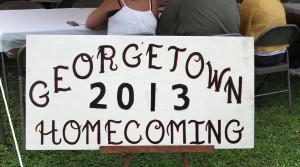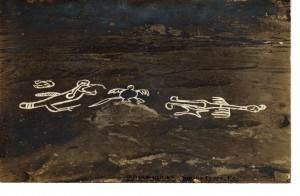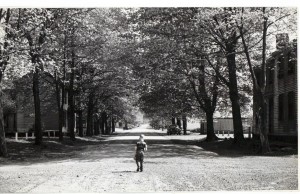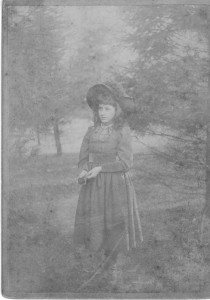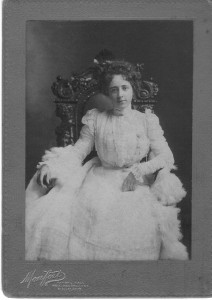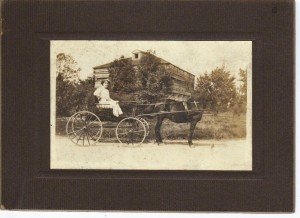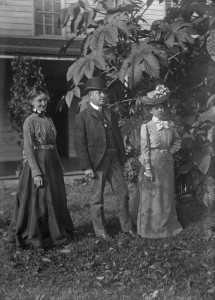The Compromise of 1850 did not answer the question of whether slavery would be allowed into the new western territories. The transcontinental railroad was one of many factors to finally force the answer. Would there be a northern route through Chicago or a southern route with New Orleans as its hub? The northern route had the Indian problem. The Nebraska Indian Territory was populated by native tribes who had been shoved out of the east. To build the railroad, the land would have to be lawfully available for settlement.
On 4 Jan 1854, Senator Stephen Douglas introduced a bill to seize and organize the territory into two states: Kansas and Nebraska. The legislation also included a clause making the Missouri Compromise inoperative. The bill passed. The pro-slavery South won a battle. The issue of slavery in the new territories would be voted on by the inhabitants of the states.
The North exploded in fury. Once conservative businessmen became stark mad abolitionists forming companies to establish “free state” colonies in the two states. The rough Missouri frontiersmen seethed as they watched the steamboats full of “the filth, scum, and offscourings of the East bound for Kansas”. [1] Missouri Ruffians, as the proslavery forces were called, stole the territory’s first election.
During this time, Captains Adam Poe and Thomas W Poe worked on the Missouri and Kansas Rivers. The str Georgetown commanded by Thomas W Poe was working the Missouri in 1853 and was fatally snagged on 11 May 1855 at Bellefontaine Bluffs on the Missouri. Capt Adam Poe on the Financier No 2 ventured to Ft Riley on the Kansas River in 1854 — one of three steamers to reach the fort. In 1855, the Financier No 2 was one of six steamers to supply the settlements along the Kansas River Valley. [2] The str Ella owned by Capt Adam Poe and others from Georgetown was also working on the Missouri in 1854. Three Poe steamers on the Missouri during the same 1854 season suggest that either Jacob Poe or George W Poe was probably commanding the third boat.
The Poes were devout members of the Methodist Episcopal Church in Georgetown. In fact, it was reported that boats commanded by Adam Poe tied up along the shore on the Sabbath. In 1844 the Methodist Episcopal Church split into two conferences, North and South, over the issue of slavery. Using this thin thread of conjecture as evidence, I believe that the Poes transported abolitionists with their guns to Kansas in the 1850′s.
References.
[1] Debby Applegate,
The Most Famous Man in America, Three Leaves Press, 2006, p 278.
[2] William E Lass,
Navigating the Missouri/ Steamboating on Nature’s Highway, 1819-1935, (University of Oklahoma Press, 2007), p 142.
